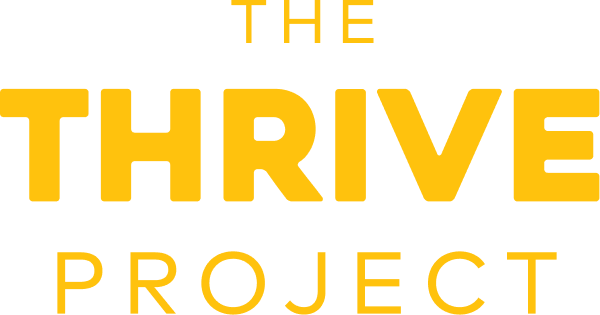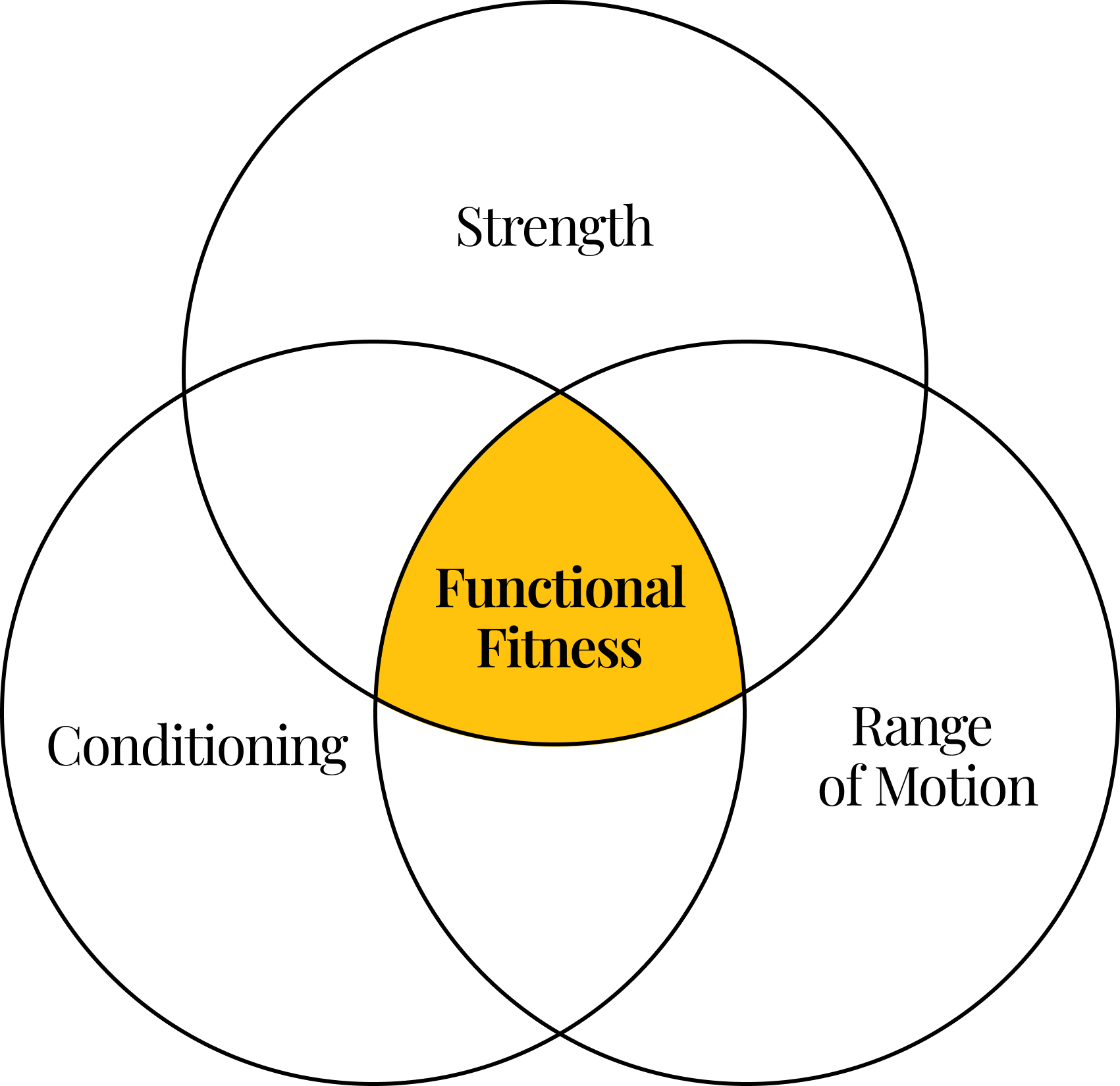The Three Modalities
Now, let’s ditch the image of “functional fitness” as just another trendy buzzword floating around the internet. Forget the complicated contraptions and the Instagram reels of seemingly impossible movements for a second. At its core, building a truly resilient body – one that not only looks and feels good but also allows you to navigate the demands of daily life with ease and confidence – boils down to three fundamental, interconnected modalities: Strength, Conditioning, and Range of Motion (ROM).
Think of these modalities not as separate things you do, but as the core ways you train to build a functional body. If one of these modalities is weak or missing from your routine, the whole shebang becomes less effective and more prone to issues. Similarly, neglecting any one of these in your fitness approach will inevitably create imbalances and limitations in your overall physical capacity. You might be able to deadlift a small car (impressive strength!), but if you’re winded after climbing a single flight of stairs (poor conditioning!) or can’t comfortably reach for something on a high shelf without your back protesting (limited range of motion!), are you truly functionally fit? The answer, quite simply, is no.
The common misconception is that “functional fitness” solely revolves around hoisting heavy objects or performing exercises that mimic everyday movements. While these aspects can certainly be part of the equation, the true essence lies in developing a well-rounded physical capacity that seamlessly supports all facets of your life, from the mundane to the more demanding. It’s about having the physical reserves to carry groceries without strain, to play with your kids or grandkids without feeling like you’ve run a marathon, to recover quickly from unexpected physical exertion, and to maintain your independence and vitality as you navigate the years.
This isn’t about chasing an arbitrary number on a weight rack or achieving some aesthetic ideal that might actually compromise your movement or endurance. Instead, it’s about cultivating a body that is robust, adaptable, and capable of meeting the diverse challenges that life throws your way. It’s about building a foundation of physical prowess that empowers you to live more fully, with less pain and greater freedom.
The beauty of these three modalities is their inherent synergy. They don’t exist in isolation; rather, they work in concert, each enhancing and supporting the others. For instance, building strength not only allows you to lift heavier objects but also provides a more stable base for improved conditioning and greater control throughout your range of motion. Conversely, good conditioning allows you to sustain effort during strength training sessions and maintain proper form throughout a wider variety of movements. And finally, a solid range of motion ensures that your strength and conditioning can be expressed safely and effectively through a full spectrum of movement, reducing the risk of injury and maximizing your physical potential.

